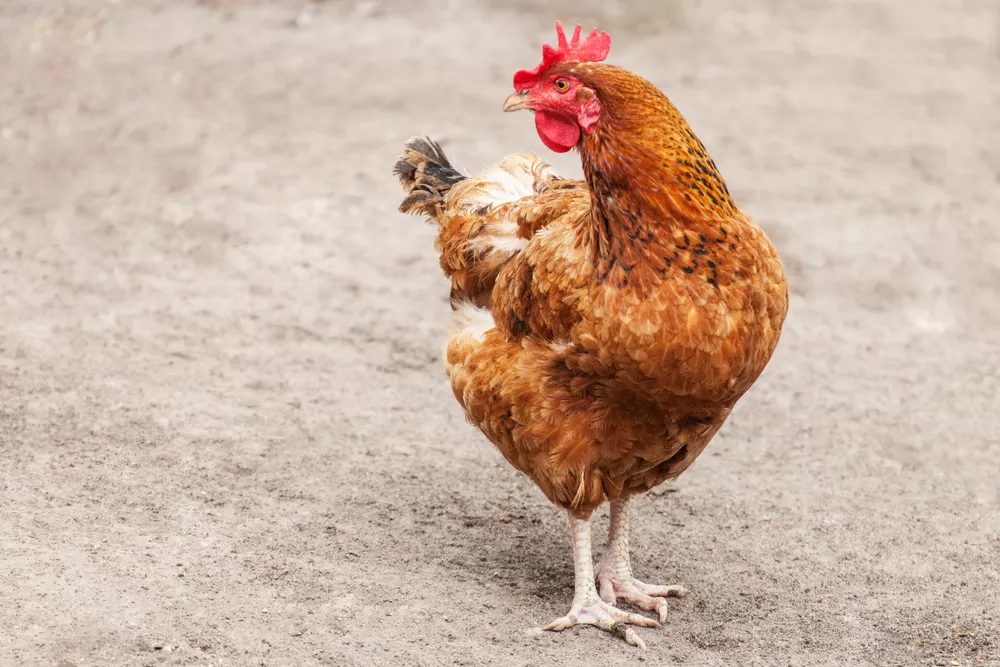Rehoming
Do’s and Don’ts of Rehoming Chickens

- DO make sure you have the correct housing ready for your hens. If you are rehoming a few, then a purpose built hen house will suffice. Alternatively, you could convert an shed or outbuilding but it must contain nest box facilities, perching provisions and a pop-hole as essentials. Though wooden coops are generally more attractive, plastic coops are often easier to clean and can reduce the likelihood of red mites.
- DO make sure that the housing is fox-proof. Dig fencing well into the ground and make sure it is high enough that a fox can’t jump over it. Ideally, put a roof over the run.
- DON’T forget to check your house and tenancy deeds. Some may state that you are not permitted to keep chickens (sometimes stated as livestock) and bear in mind that close neighbours may not appreciate the noise if you keep a cockerel.
 DO make sure you’ve picked up the right feed for your hens. Some may have been fed on crumble and will not recognise pellets, so always make sure to check beforehand. Chickens can be weaned but this does take time, so continue with their current feed for a while until they have settled into their new home before starting the weaning process.
DO make sure you’ve picked up the right feed for your hens. Some may have been fed on crumble and will not recognise pellets, so always make sure to check beforehand. Chickens can be weaned but this does take time, so continue with their current feed for a while until they have settled into their new home before starting the weaning process.
DON’T forget that if you are re-homing more than 50 chickens, you must register with DEFRA and must have certain measures put in place to ensure the health and welfare standards of the hens.
DO make sure there is a veterinary practice in the area that is happy to treat hens as this is a specialised area of practice. Make sure to health check them regularly, as feathers can hide a multitude of problems. Ensure you are familiar with common parasites and illnesses so you know how to identify them.
On The Day
- DO make sure you have appropriate carriers for your hens. Imagine each hen to be the size of a football and remember that boxes need ventilation slots on each side for air flow. Dog and cat carriers work well.
- DO check all of the hens when you get there to make sure they are healthy.
- DO ensure that you know how and when to pay. If you are re-homing from a center, some prefer a donation to be made online and in advance. Independent breeders or re-homers may rather have payment on the day.
[/unordered_list]

